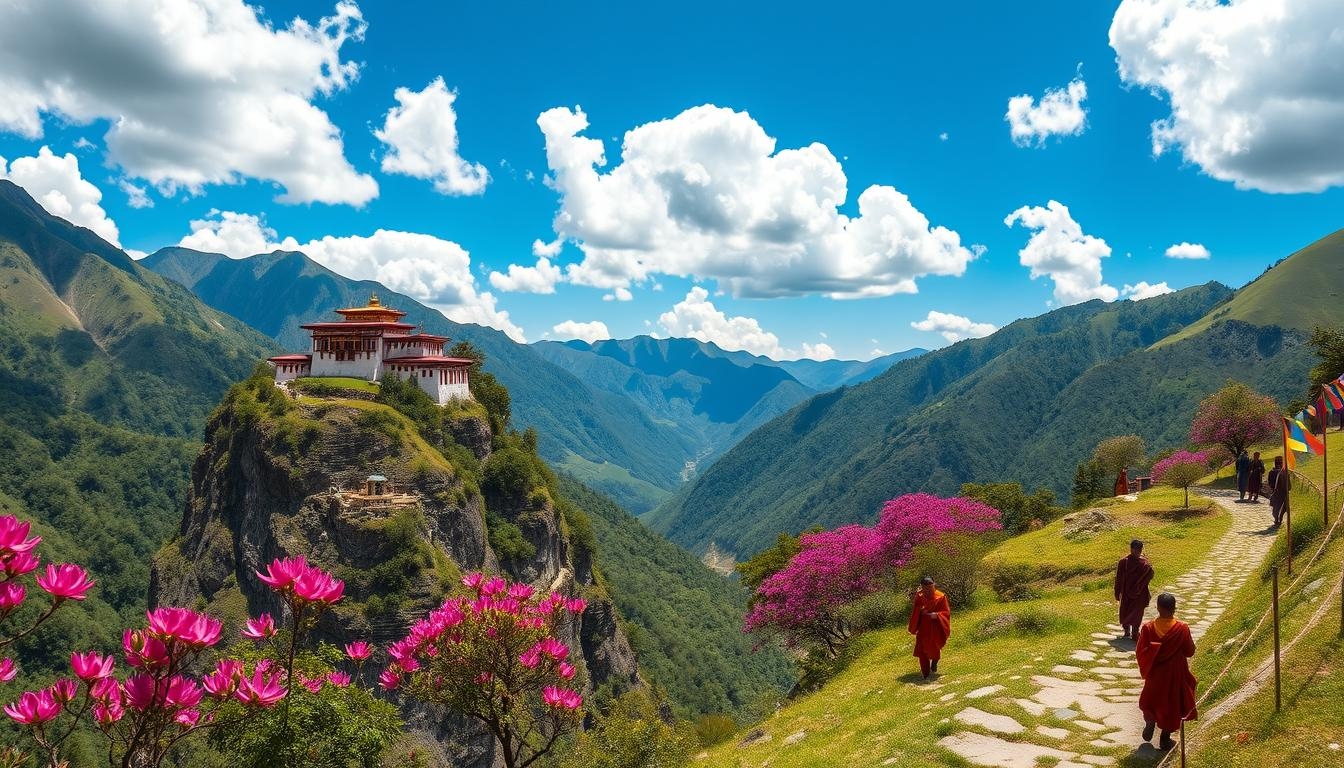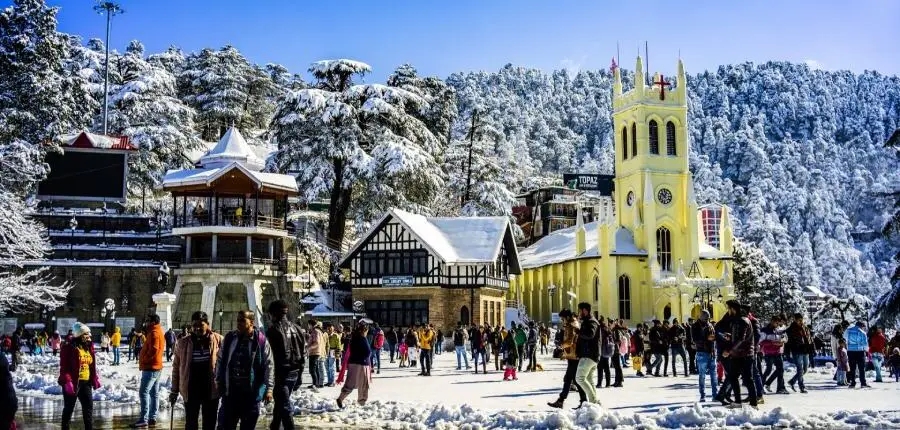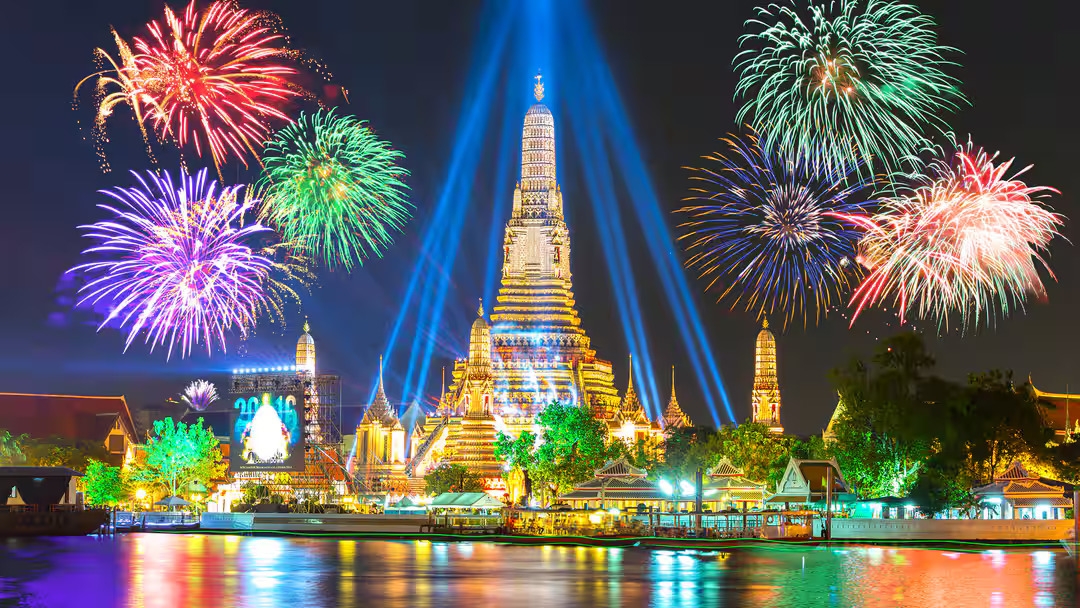The Valley of Flowers is one of the most beautiful and unique natural treasures hidden within the mighty Himalayas. This high-altitude valley is renowned for its spectacular display of colorful alpine flowers and diverse wildlife, offering visitors an unforgettable experience. In 2005, the Valley of Flowers was declared a UNESCO World Heritage Site. It is part of the larger Nanda Devi and Valley of Flowers National Park, which serve to protect the unique biodiversity of the region. If you are a nature enthusiast or a trekking lover, the Valley of Flowers should definitely be on your bucket list. Let's take a deep dive into this incredible destination and explore everything it has to offer.
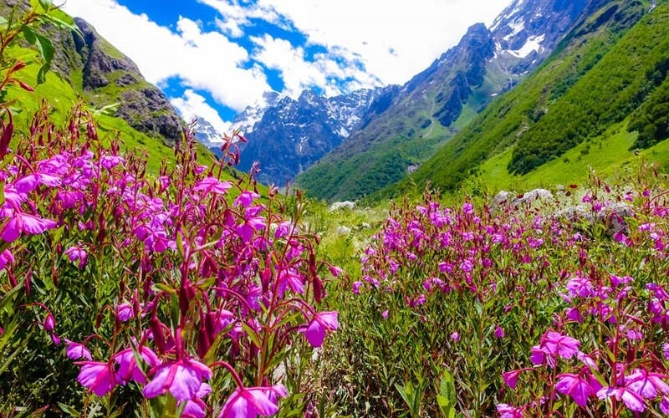
Location
The Valley of Flowers is nestled in the Chamoli district of Uttarakhand, India. It lies in the Western Himalayas at an altitude of 3,658 meters above sea level. The valley spans approximately 87.5 square Kms and is part of the Nanda Devi Biosphere Reserve. Reaching the Valley of Flowers is an adventure in itself. The nearest town is Joshimath, which is accessible by road from major cities like Rishikesh and Haridwar. From Joshimath, travelers must reach Govindghat and then trek around 13 km to the base camp of Ghangaria. From Ghangaria, the valley is just a 3-4 km trek away.
Best Time to Visit the Valley of Flowers
The best time to visit the Valley of Flowers is from mid-July to early September. This is when the valley is in full bloom, with hundred of species of flowers carpeting the landscape in shades of pink, purple, yellow, and blue. The monsoon season nurtures these flowers, making the valley a paradise on earth.
Things to do in the Valley of Flowers
1.Trekking
Trekking in the Valley of Flowers is a breathtaking experience, perfect for nature lovers and adventure enthusiasts alike. It is renowned for its vibrant meadows filled with a wide variety of endemic flora, especially during the monsoon season when the valley is in full bloom. The trail offers stunning views of snow-capped mountains, waterfalls, and lush greenery, with colorful flowers carpeting the valley. The trek is of moderate difficulty, making it accessible to beginners as well as experienced trekkers. It covers around 38 km (round trip) and takes about 4-5 days to complete. Starting from Govindghat, the journey includes a gradual ascent through charming villages, alpine forests, and across the Pushpawati River. The serene atmosphere and stunning landscapes make the trek an unforgettable adventure.
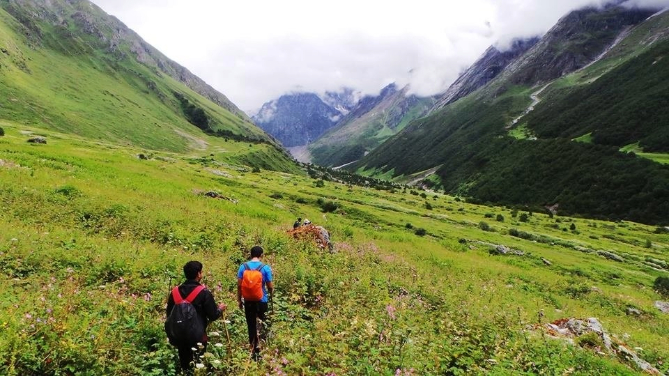
2.Bird Watching
Bird watching in the Valley of Flowers is a mesmerizing experience for nature enthusiasts. It is home to a rich variety of bird species, thanks to its diverse alpine meadows and unique ecosystem. The valley, nestled in the Himalayas, provides a serene and undisturbed environment for both migratory and resident birds. Some commonly spotted species include the Himalayan monal, the state bird of Uttarakhand, along with other species like the yellow-billed blue magpie, Himalayan vulture, and snow partridge. Bird watchers can enjoy spotting vibrant warblers, finches, and pipits fluttering among the lush greenery and colorful flowers that bloom throughout the valley during the summer months. The best time for bird watching in the Valley of Flowers is from June to September when the flowers are in full bloom, and the birds are most active. The tranquility of the valley, combined with the stunning backdrop of snow-capped peaks, makes for an unforgettable bird-watching adventure. Be sure to bring binoculars, a bird guidebook, and plenty of patience to fully appreciate the beauty of the avian life in this pristine Himalayan haven.
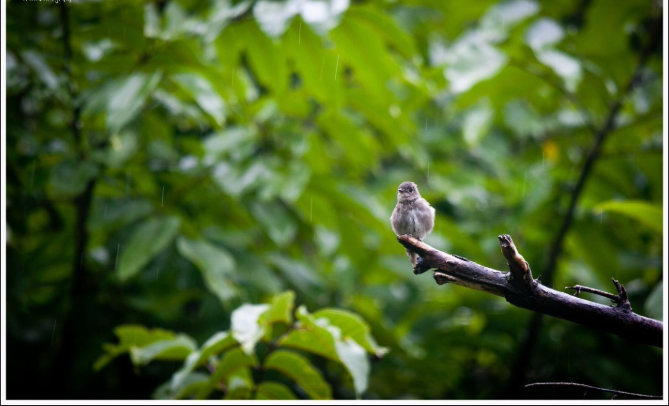
3. Visit Hemkund Sahib
Visiting Hemkund Sahib is a spiritual and awe-inspiring journey that takes you to one of the highest Sikh pilgrimage sites in the world. It is located at an altitude of around 4,633 meters (15,200 feet) in the Garhwal Himalayas. The serene, snow-fed Hemkund Lake and the surrounding towering peaks create a stunning backdrop for the sacred Gurdwara. Pilgrims and trekkers alike undertake this journey to pay homage to Guru Gobind Singh, the tenth Sikh Guru, who is believed to have meditated at this very site in his previous life. The trek to Hemkund Sahib starts from Govindghat and covers about 19 kilometers (12 miles). The trail is challenging but rewarding, with beautiful landscapes, waterfalls, and alpine forests along the way. he last-stretch of the trek, from Ghangaria to Hemkund Sahib, is particularly steep, but the sight of the pristine Hemkund Lake and the Gurdwara at the top makes it worth the effort. The Gurdwara offers langar (community meals) to all visitors, and the experience of praying and meditating in such a tranquil, high-altitude location is deeply moving. The best time to visit Hemkund Sahib is from June to October when the weather is favourable, and the area is accessible. Snow covers the region for much of the year, so the pilgrimage is open only during the summer and early autumn months.
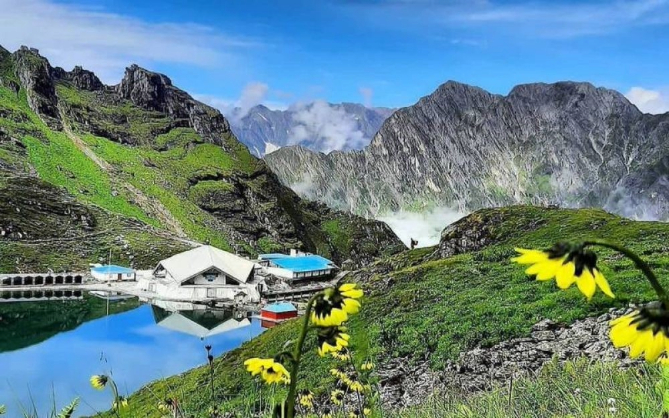
4.Explore Wildlife in Nandadevi National Park
Exploring wildlife in Nanda Devi National Park is a captivating experience for nature lovers and wildlife enthusiasts. The National Park, located in the upper Himalayan ranges, offers a rich biodiversity thanks to its unique geography, altitude, and climate. Nanda Devi, the second-highest peak in India, forms a majestic backdrop for this stunning wilderness. Nanda Devi National Park is home to a variety of rare and endangered species, both flora and fauna. Among the most iconic wildlife species found here are the elusive snow leopard and the Himalayan musk deer, both of which thrive in the park's high-altitude environment. Other mammals you might spot include the Himalayan black bear, bharal (blue sheep), serow, and the Himalayan tahr. The Park is also known for its rich birdlife, with species such as the golden eagle, bearded vulture, and Himalayan monal frequently spotted soaring above the rugged terrain. The park’s vegetation ranges from alpine meadows to dense coniferous forests, providing habitat for a wide range of species. In addition to large mammals and birds, smaller creatures like red foxes, marmots, and pikas can also be seen in the region.
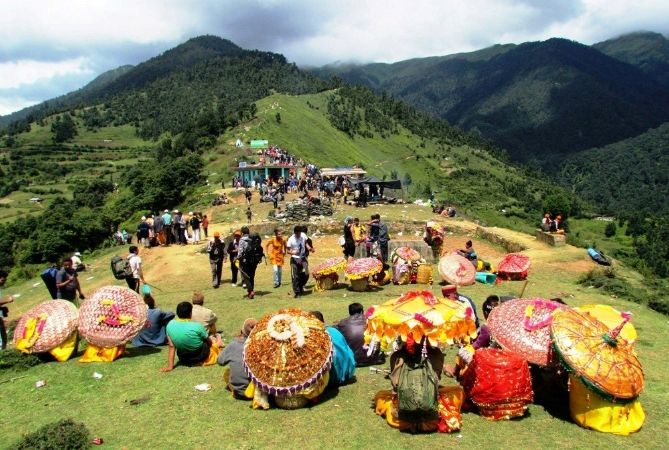
5. Explore the Nearby Villages
Exploring the villages near the Valley of Flowers in Uttarakhand can be a captivating experience. While the valley itself is a major attraction, the surrounding villages offer a glimpse into the local culture, traditions, and way of life. There are few villages like nearby Himalayan villages like Ghangaria and Govindghat where tourists can interact with the local Garhwali people, enjoy traditional food, and understand the culture of this remote region. Each village offers a unique charm, with picturesque landscapes, warm hospitality, and an opportunity to witness the simple yet enriching lifestyle of the locals. Conversations with locals reveal much about their customs, traditional attire, and regional festivals. You may even get a chance to taste some homemade Garhwali dishes like Aloo ke Gutke or Mandua roti, made with locally sourced ingredients.
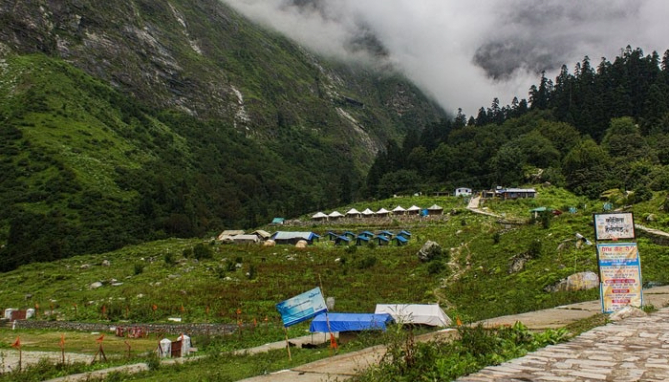
Visiting the Valley of Flowers offers a unique combination of adventure, natural beauty, spirituality, and cultural exploration, making it one of the most enchanting destinations in India.


